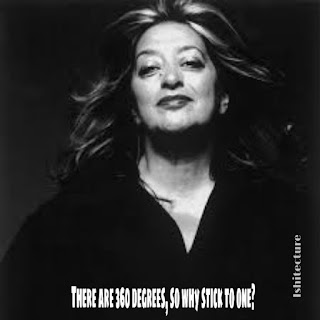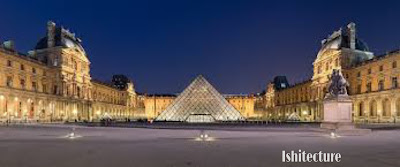
 At the
beginning of 1890, the US witnessed a new ornamental style of art, architecture and
applied arts, especially the decorative arts known as Art Nouveau, which lasted
till 1914. This new style spread throughout the US and Europe, taking on
different names and character in each country, as a reaction to academic art
and heterogeneous historic 19th-century architecture and decoration.
The new art movement had its roots in Britain, in floral designs of William
Morris, and within the Art and Crafts Movement founded by his pupils. The main
inspirations for this style were the Arts and Crafts movement
(handcraftsmanship and highly expressive paintings) and Japanese art (flat
perspective, strong colours and whiplash curves).
At the
beginning of 1890, the US witnessed a new ornamental style of art, architecture and
applied arts, especially the decorative arts known as Art Nouveau, which lasted
till 1914. This new style spread throughout the US and Europe, taking on
different names and character in each country, as a reaction to academic art
and heterogeneous historic 19th-century architecture and decoration.
The new art movement had its roots in Britain, in floral designs of William
Morris, and within the Art and Crafts Movement founded by his pupils. The main
inspirations for this style were the Arts and Crafts movement
(handcraftsmanship and highly expressive paintings) and Japanese art (flat
perspective, strong colours and whiplash curves).
The
characteristics of Art Nouveau were as follows:
· The decoration had a sense of
dynamism and movement with no distinction between the structure and the
ornament
· Facades were asymmetrical and
decorated with whiplash curves like the graceful curves of plants and flowers
· Use of modern materials like iron,
glass, ceramics and later on concrete to create unusual forms and larger open
places
· Stained glass
· Japanese motifs with strong colours
· Mosaics
The objective of this movement was to break down the distinction between fine arts
and applied arts and was basically used in interior designing, graphic arts,
furniture designing, glass art, textiles, ceramics, jewellery and metalwork.
The style was based on the belief that all arts should be in harmony to create
a ‘total work of art’. It revived good craftsmanship, raised the status of
crafts and produced genuine modern design. Although the movement was
short-lived it became the predecessor of ‘Modernism’.
The first
ever building made of the Art Nouveau style was the Hotel Tassel, Brussels by
Victor Horta which inspired Hector Guimard to build the Castel Beranger, which
became Paris’ first building with the new style. The most famous creator of
this style was Antonio Gaudi, who used the floral and organic forms in a very
novel was in Palau Guell (1886). Later on his designs of Casa Batlo and Casa
Mila had the stylistic elements of Art Nouveau. However, his famous Sagrada
Familia characteristically contrasts the modernising Art Nouveau tendencies with
revivalist Neo-Gothic.










Goood
ReplyDeleteThanks
Delete